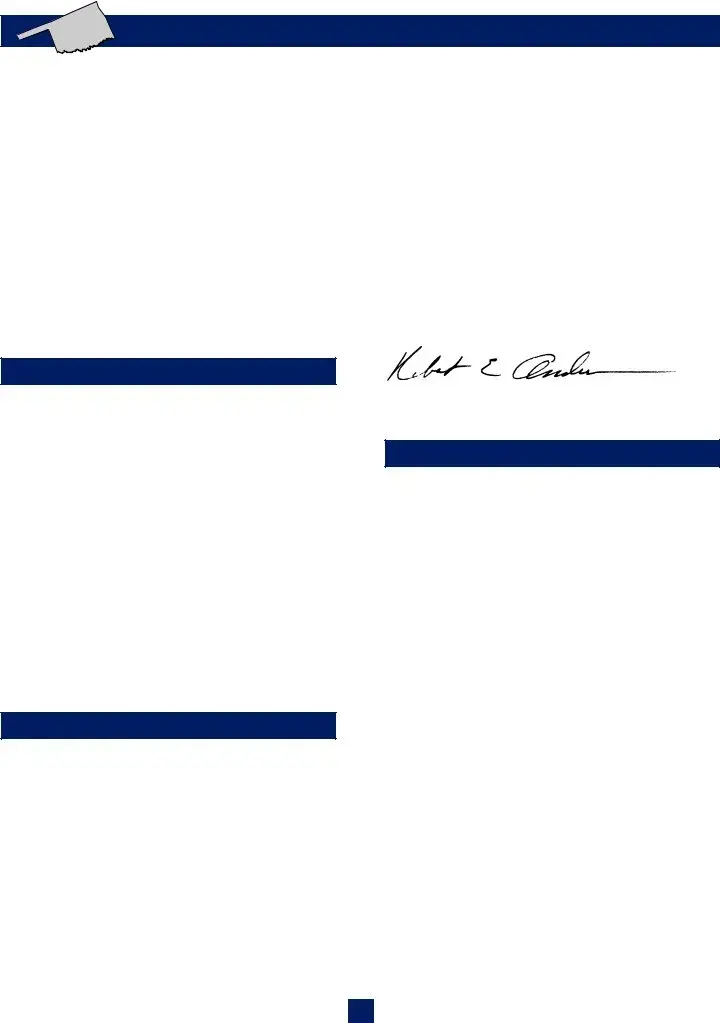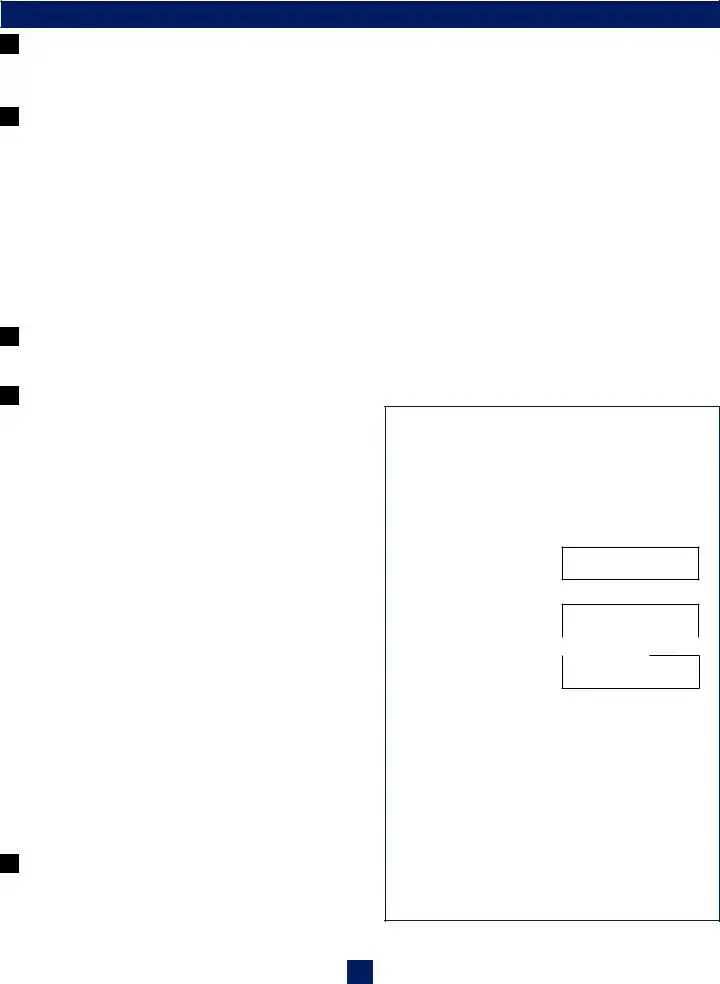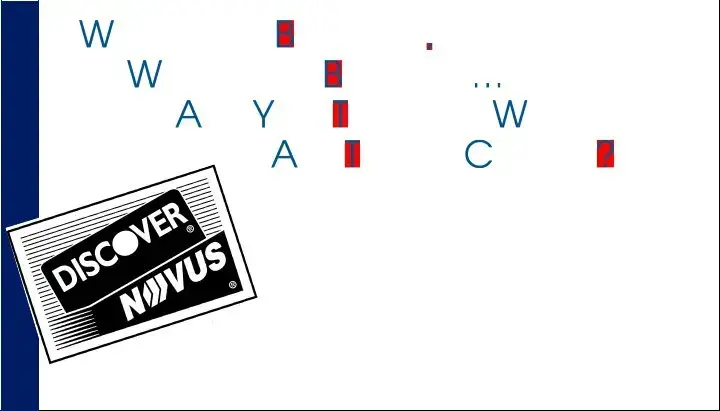|
6 |
Other Subtractions |
d. Any other evidence which you believe supports your |
|
|
|
|
|
Enter in the box on Part I, line 6, the appropriate number |
|
|
claim that you meet all of the criteria for exemption |
|
as listed below, which shows the type of income you are |
|
|
|
from income tax. |
|
subtracting. If you are entitled to more than one type of |
|
|
All information to support your claim for refund must be |
|
deduction, enter the number Ò7.Ó |
|
Enter the number “1” if the following applies: |
attached to your return. |
|
|
|
|
Oklahoma depletion on oil and gas well production, at |
Enter the number “6” if the following applies: |
|
Historical Battle Sites: There shall be a deduction, |
|
the option of the taxpayer, may be computed at 22% of |
|
gross income derived from each Oklahoma property |
limited to 50% of the capital gain, if you sell to the State |
|
of Oklahoma any real property which was the site of a |
|
during the taxable year. Major oil companies, as defined |
|
historic battle during the nineteenth century and has |
|
in Section 288.2 of Title 52 of the Oklahoma Statutes, |
|
when computing Oklahoma depletion shall be limited to |
been designated a National Historic Landmark. |
|
(O.S. Title 68, Section 2357.24) |
|
50% of the net income (computed without the allowance |
|
|
|
|
for depletion) from each property. Any depletion deduc- |
Enter the number “7” if the following applies: |
|
tion allowable is the amount so computed minus Federal |
|
Allowable deductions not included in (1) through (6): |
|
depletion claimed. If Oklahoma options are exercised, |
|
enter any allowable deductions from Federal Adjusted |
|
the Federal depletion not used due to the 65% limit may |
|
Gross Income to arrive at Oklahoma Adjusted Gross |
|
not be carried over. A lease bonus received is consid- |
|
Income that were not previously claimed under this |
|
ered income subject to depletion. If depletion is claimed |
|
heading ÒOther Subtractions.Ó Enclose a detailed |
|
on a lease bonus and no income is received as a result |
|
explanation and verifying documents. |
|
of non-producing properties, see line 13. A complete |
|
|
|
|
schedule by property must be furnished. |
If you are entitled to more than one type of deduc- |
|
Enter the number “2” if the following applies: |
tion under “Other Subtractions”, enter the number |
|
“7” in the box on Part 1, Line 6. |
|
Oklahoma Net Operating Loss: Enter carryover(s) from |
|
|
|
|
previous years. See the preceding net operating loss |
9 |
Out of State Income |
|
section on page 4. Also see line 13. |
This is income from real or tangible personal property or |
|
|
|
|
Enter the number “3” if the following applies: |
business income in another state. This includes partner- |
|
ship gains and gains sustained by Subchapter S Corpo- |
|
Royalty income earned by an inventor. |
|
rations attributable to other states. It is not interest, |
|
(Section 5064.7.A.1 of Title 74) |
|
Enter the number “4” if the following applies: |
installment sale interest, dividends, salary, pensions or |
|
income from personal services. (See instructions for line |
|
Manufacturers exclusion. |
|
46.) Furnish detailed schedule and copy of Federal |
|
(Section 5064.7.A.2 of Title 74) |
|
return. |
|
|
|
|
Enter the number “5” if the following applies: |
|
|
|
11 |
State and Municipal Bond Interest |
|
Exempt Tribal Income: If the tribal memberÕs principle |
|
If you received income on bonds issued by any state or |
|
residence is on ÒIndian CountryÓ, the income from |
|
political subdivision thereof, exempt from Federal |
|
employment or work performed on ÒIndian CountryÓ may |
|
taxation but not exempt from taxation by the laws of the |
|
be deducted. Legally acknowledged ÒIndian CountryÓ |
|
State of Oklahoma, the total of such income shall be |
|
must be within the jurisdiction of the tribe of which he or |
|
added to Federal Adjusted Gross Income. Income from |
|
she is a member. All claimants must provide sufficient |
|
Oklahoma Municipal Bonds is exempt only if so provided |
|
information to support that these requirements have |
|
by the statute authorizing their issuance. All out of state |
|
been satisfied. |
|
municipals are taxable. Enclose a schedule of all |
|
|
|
|
The information which is necessary to determine your |
municipal interest received by source and amount. |
|
entitlement to exempt income: |
|
|
|
12 |
|
|
a. A copy of your Certificate of Degree of Indian Blood |
Out of State Losses |
|
|
card issued by the Bureau of Indian Affairs which |
If you incurred losses from the operation of an out of |
|
|
states your tribal membership; and |
state business, or from the rental or sale of out of state |
|
b. A copy of the trust deed, or other legal document, |
property, any such losses must be added back to |
|
|
which describes the real estate upon which you |
Federal Adjusted Gross Income. This includes partner- |
|
|
maintain your principle place of residence and which |
ship losses and losses sustained by Subchapter S |
|
|
is an Indian allotment, restricted, or held in trust by |
Corporations attributable to other states. |
|
|
the United States; and |
|
|
|
|
13 |
|
|
c. A copy of the trust deed which describes the real |
Other Additions |
|
|
estate upon which you are employed or perform |
A. Lump sum distributions not included in the Federal |
|
|
work and which is held by the United States of |
Adjusted Gross Income (except any amount excluded on |
|
|
America in trust for a tribal member or an Indian |
Federal Schedule D) shall be added to the Federal AGI. |
|
|
tribe or which is allotted or restricted Indian land. |
Rollovers are taxed in the same year as on the Federal |
|
|
Also, a copy of employment or payroll records which |
return. Enclose a copy of Forms 1099, and complete |
|
|
show you are employed by a tribal employer on that |
copy of Federal return. |
|
|
Indian country or an explanation of your work on |
|
(instructions continued on page 7 |
|
|
|
|


 E S
E S AX
AX  OR MS AN D
OR MS AN D N S T R U CT I ON S
N S T R U CT I ON S AX OMMI S S I ON
AX OMMI S S I ON







